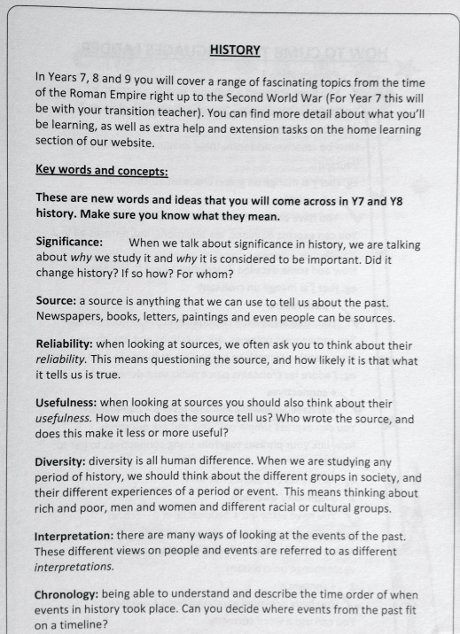Teaching a Stock Market Simulation Lesson Plan Game
Post on: 26 Май, 2015 No Comment

LESSONS LEARNED:
Stocks, the stock market, business, the economy.
DIRECTIONS:
This lesson plan may be used by anyone, without any prior stock market or investing knowledge. We have provided all the material you need here. In addition, we are available to answer any questions you may have either when beginning this lesson, or questions you may have during this exercise.
The time involved will vary greatly depending on how much time you wish to spend on this material, as well as the age level of your students. This may vary from 1 week to an entire school year. We recommend continuing this exercise throughout an entire school year, since this will continue to make students interested in current events while they learn important skills.
Typical stock market simulations try to make the simulation a contest with the winner the one who has the largest portfolio and the end of the exercise. This is unfortunate since it encourages poor investment decisions such as rapid trading and taking large risks. Unlike typical stock market simulations, the goal here is to learn and understand basic investing principles, current events, the basics of how the economy works, money management skills, basic math and reading comprehension, writing skills, etc.
Here are the steps for your own stock market simulation:
LESSON 1: Introductory Information
Students will learn what is a stock, and be able to look up basic stock market information.
LESSON 2: Introducing the simulation:
Here is our suggested guidelines. This simulation may either be done in groups or individually. Feel free to adjust and improvise as you may feel appropriate:
Each group (or individual) begins with $10,000. For younger students, use $1000. With this money, the group (or individual) must spend at least $9,500 ($900 for younger students) on stocks (including commissions). The remainder may be kept in the individuals checking account.
Each group must invest in 5 stocks. Or you may set a minimum of 3 stocks, and a maximum of 6 stocks. If you are working with a younger group, you may want to set the number to 3 stocks for each group.
A 3% commission is to be paid for every stock transaction (buying or selling a stock). For younger students, either use a 1% commission, or no commission.
Each group should keep a journal of their activities and thoughts, and a transaction history of all buys and sells. In addition, the group is responsible for keeping track of the current portfolio’s market value (plus the cash in the checking account).
The time line for this activity may be from 1 week, to multiple weeks depending on how much time you wish to spend on this subject. We suggest continuing this activity throughout the ENTIRE school year, since it will help reinforce longer-term investment skills. In addition, this will keep students interested in current economic events while reinforcing fundamental skills.
On the last day (as determined by the instructor) students will sell their stocks and report on their portfolio’s value and what they learned during the activity.
LESSON 3: LESSON CHOOSING COMPANIES TO INVEST IN
If this is a group activity, the students should get together in their groups.
For choosing stocks, we recommend that students choose companies with products or services they are familiar with. This may include companies that their families or friends work for, or are familiar with. This will help make the learning process more interesting and understandable. In addition, some basic Fundamental analysis may be performed. You may start this lesson by asking students the question what companies are they familiar with, and writing the answers on the board. Then students may choose from those companies or other companies they think of.
For younger students, you may want to suggest companies and let the students choose. For older students, you may require additional fundamental analysis, such as PE analysis, or making sure they create a diversified portfolio. In addition, students should write their reasoning and analysis in their journal.
Pick some of the stocks chosen by the students to create an example portfolio. Choose 3-5 stocks and list their name and stock ticker on the board (use a newspaper or computer to get the stock information). List the closing price as well. Then ask the students how much of each stock they should purchase. Total the amounts and see how close it comes to the $10000 budgeted. Then ask what should be done to get over $9500 but under $10000. Then either have them complete this exercise individually, or do it as a group.
The following links will be of assistance. Note that simply choosing companies that they are familiar with is most appropriate for younger students. Older students may also work on some of the following activities. Optionally, you may also include some of these lessons later so students can analyze their investments.














